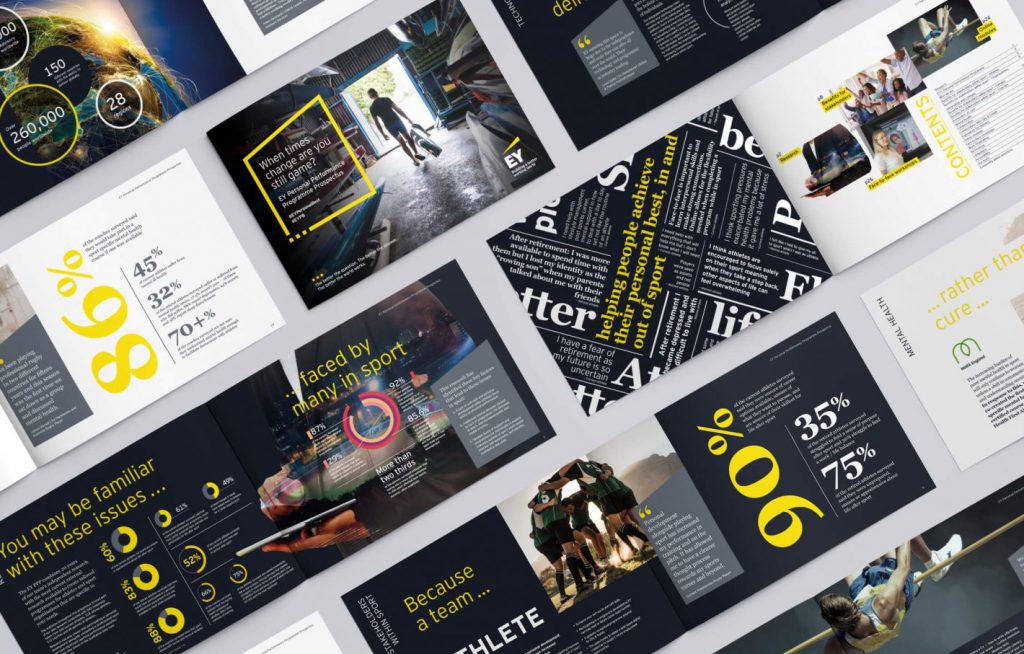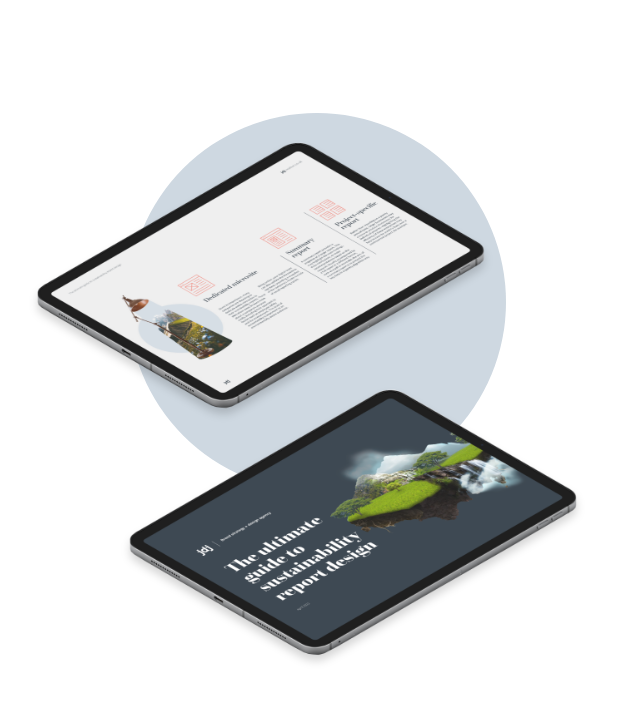Whether used in marketing or in a business setting, how you visualise data is important. In this blog, we show the differences between infographics and data visualisations.
Whether used in marketing or in a business setting, how you visualise data is important. In this blog, we show the differences between infographics and data visualisations.
In today’s world of big data, how businesses choose to display their figures can affect how quickly readers can interpret the information and what conclusions can be drawn from it. While on the surface, the terms data visualisation and infographics may appear to be the same – they’re often used interchangeably – there are in fact some subtle differences between the two. From the data displayed and the way they’re presented to the time they take to create, you’ll see that while the two are related, they’re not the same.
Let’s first look at infographics. Often shared on social media channels, infographics are a visual representation of data in a creative and appealing way. Usually artful and accompanied by lots of supporting graphics, these infographics tell a story through a clearly defined narrative. Used to support an argument, they have an obvious conclusion and guide the reader towards that judgment.
Frequently designed to be accessible to as wide an audience as possible – often made up of readers who are not experts on a subject – the key to infographics is making them easy to understand. Often this is accomplished through a visual theme with a clear narrative.
Read more: Infographics in the age of the infovore [Updated for 2020]

“
Data visualisation presents data in an objective way. By delivering data in a raw form, users can make their own conclusions.
Showing interactive data, these data visualisations frequently update in real-time, leading to different conclusions each time the information refreshes. Because of the complex information they provide, the aim of data visualisation design is to enable the user to understand the data at a glance.
In order to make these dashboards or screens as clean as possible, there’s no narrative and few visual embellishments (or chartjunk as it’s humorously known). Rather, the data is presented in its raw form, with the visual elements used to demonstrate numeric information in a more user-friendly graphical format.
Data visualisations and infographics are both efficient ways of displaying your data in reports, on the web or on interactive dashboards. However you choose to display your data, for maximum engagement, it’s important to ensure it’s on-brand, easy to understand and focused.
Our team of graphic designers love taking complex big data and presenting it in easy-to-interpret ways. If you require infographics or data visualisations for your marketing or business strategy, get in contact with our design team today at hello@jdjcreative.co.uk or fill in our contact form.
Share
Sign up to our monthly newsletter to receive your guide to thought leadership design.

Sign up to our monthly newsletter to receive your guide to annual report design.

Sign up to our monthly newsletter to receive your guide to sustainability report design.
